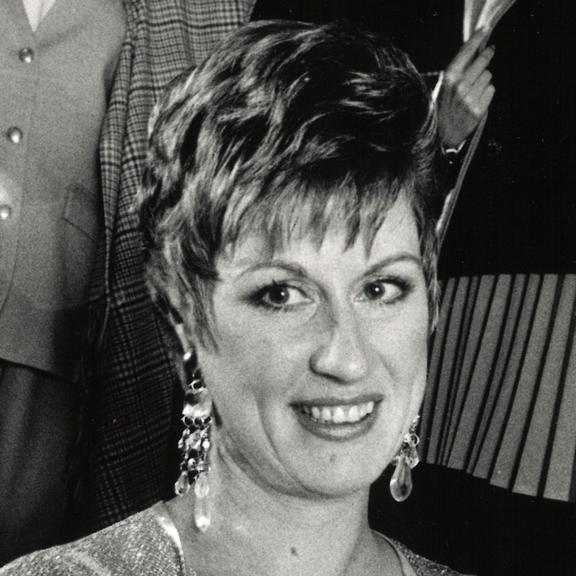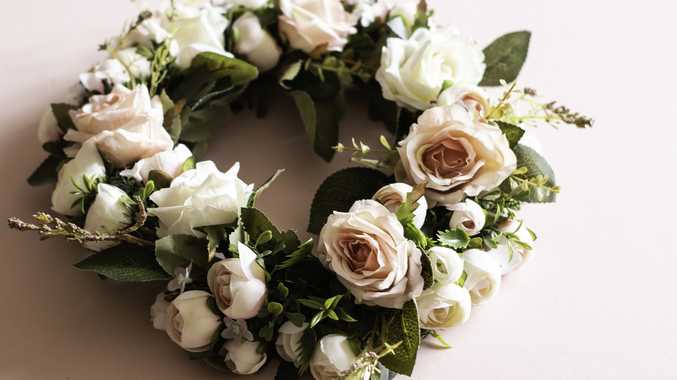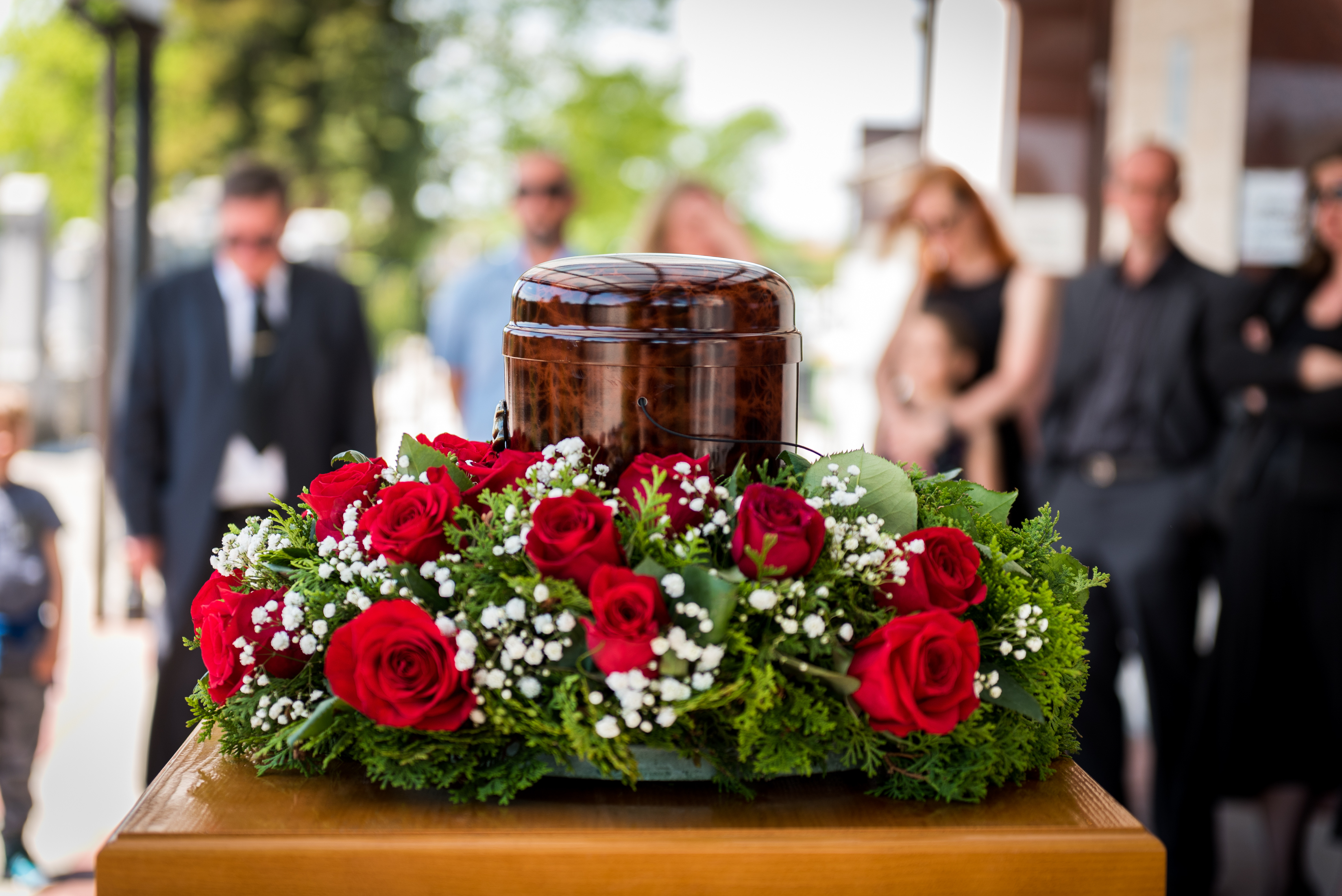Perri Cutten: A Timeless Legacy in Fashion
Remembering Perri Cutten: A trailblazing Australian fashion designer whose timeless elegance and...

 Search...
Search...

When facing the difficult decision of how to lay a loved one to rest, it's only natural to feel overwhelmed. In this guide, we'll delve into the nuances of cremation, helping you make a decision during this challenging time.
Choosing cremation as the final resting place for your loved one involves several important factors. It's essential to weigh these considerations to ensure you make the right choice.
Australia is a culturally diverse nation, and beliefs about cremation can vary widely among different communities. Some religions, such as Hinduism and Buddhism, embrace cremation as a sacred tradition. Others, like Christianity and Islam, may lean towards traditional burials.
Cremation has gained popularity in recent years due to its perceived environmental benefits. Cremation is considered more eco-friendly, as it reduces land usage and the carbon footprint associated with burials.
Funeral expenses, including cremation, are typically more cost-effective than a traditional burial. Costs for cemetery plots, headstones and caskets can add up quickly, making cremation a more affordable option.
While cremation offers cost savings, it also presents opportunities for unique memorialisation. You can choose to keep the ashes in an urn at home, scatter them in a meaningful place, or even have a memorial service with the urn present. These options provide flexibility in how you honour your loved one's memory.
Cremation can be a more practical choice, especially if your family is spread across different locations. Ashes are easily transportable, allowing family members to hold memorial services or scatter the ashes in various places.
RELATED ARTICLE: Direct cremation process

Choosing cremation doesn't mean you have to forgo traditional funeral rituals or meaningful ways of remembering your loved one. Cremation can provide many unique opportunities for personalisation and memorialisation.
Many families opt for a memorial service either before or after the cremation. This allows friends and family to come together, share memories, and say their final goodbyes. The presence of the urn during these services can provide a loving focal point for remembrance.
One of the beautiful aspects of cremation is the ability to scatter ashes in meaningful places. Whether it's a favourite hiking trail, a beach or a garden, this act can be a powerful way to connect with your loved one's spirit.
Some families choose to turn a portion of the ashes into keepsakes or cremation jewellery. This way, you can carry a part of your loved one with you wherever you go.
In today's digital age, many people create online memorials or tribute pages to celebrate their loved one's life. These platforms provide a space for sharing stories, photos and condolences. The collection of stories could be compiled into a beautiful tribute book to be read on anniversaries and during times of grief when you need uplifting.
At My Tributes, we offer the opportunity to share your loved one's story for free, preserving it for future generations to cherish and remember. Find out more here.
RELATED ARTICLE: Meaningful ways to honour and cherish the memory of a loved one

Before burial, the body is prepared by a funeral director. This typically involves embalming, which is the preservation of the body to delay decomposition. Embalming may not always be necessary, and it's essential to discuss your preferences with the funeral director.
Choosing a cemetery is an important step in the burial process. There are various options, including public cemeteries, private cemeteries and religious or cultural-specific burial grounds. Consider factors like location, accessibility and cemetery regulations when making your choice.
A funeral or memorial service often precedes the burial. This service can be held at a place of worship, a funeral home or even at the gravesite itself. It provides an opportunity for friends and family to gather, share memories and offer their final farewells.
During the interment, the casket is placed in the chosen grave. Family and friends may participate in this process, which can be a deeply emotional moment. After the casket is lowered into the grave, it is covered with soil and a headstone or marker may be placed to mark the site.
Traditional graves require ongoing maintenance, which includes landscaping, ensuring the headstone remains in good condition and addressing any issues related to the burial site. Some cemeteries offer perpetual care, while others require families to maintain the gravesite.
Facing the decision between cremation and burial can be emotionally challenging. Therefore it's essential to surround yourself with people who can support and guide you during this difficult period of grief.
Funeral directors in Australia are experienced professionals who can provide invaluable assistance, whether you choose cremation or burial. They can help you navigate the legal requirements, plan memorial services and answer any questions you may have about the process.
Lean on your loved ones for emotional support. Share your thoughts and feelings with them and don't hesitate to ask for help when needed. Grieving is a shared experience and having a support network can provide comfort during this time.
If you find it particularly challenging to cope with your loss, consider seeking professional counselling or grief therapy. These resources are there to provide you with the tools to navigate your grief and make decisions with more understanding and clarity.
RELATED ARTICLE: Why is grief support important in palliative care?
Choosing between cremation and burial is a deeply personal decision. Consider the cultural, environmental, financial and practical factors that matter most to you and your loved one. Remember that the decision you make should reflect your values, beliefs and the desire to pay a meaningful tribute to the person you hold dear.